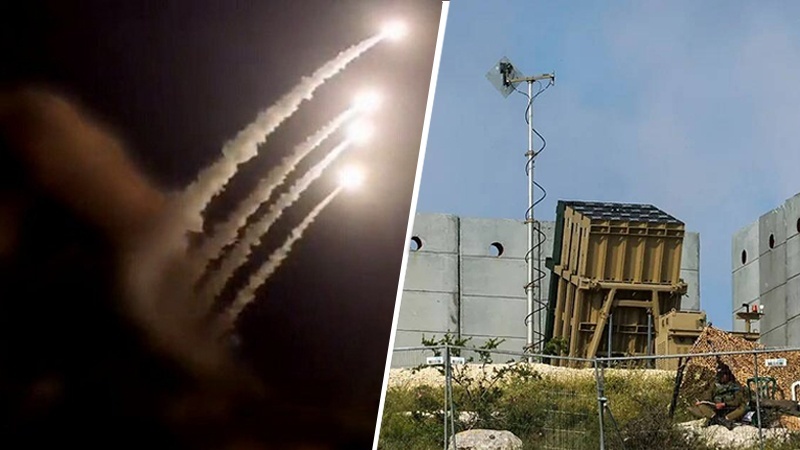How Iran's combined attacks disabled Israel's defense system
Pars Today - A political analyst has described Iran's ability to strike at the heart of the Zionist regime's military and intelligence networks as a sign of a shift in the war's dynamics.
Mohammad Ali Senobari, director and editor of New Vision Strategic Studies Center, in an article titled "How Iran's Missile Attacks Destroyed the Occupiers' Military Bases and Completely Disabled Their Air Defense Systems" wrote: "Iran's missile operation, code-named 'True Promise 2', was a decisive moment in modern military strategy and a pivotal event in the ongoing conflict between Iran and the Zionist occupiers."
According to Pars Today, this political analyst has discussed several aspects of how Iran has been able to assert its authority and disable the Zionist regime's military might through missile attacks on its security and military positions, specifically:
Targeting Israel's main facilities
During the "True Promise 2" operation, Iran's missile attacks targeted key Israeli military facilities, causing significant damage in a way that even Israeli media outlets, such as the Maariv newspaper, acknowledged the extensive damage.
The damages included the extensive destruction of the "Nevatim" airbase in the Negev desert, the destruction of the "Tel Nof" and "Hatzerim" bases, as well as damage to the Mossad headquarters.
Combined Iranian attack
The "True Promise 2" operation was not limited to physical destruction of Israeli military assets; it also showcased the complexity and high level of coordination of modern hybrid warfare, including a combination of missile attacks, cyberattacks, and psychological operations.
Cyberattacks on Israel's defense infrastructure
The Iron Dome" of Israel, which was designed to intercept missiles, was disabled before and during the attack by Iranian hackers who used data obtained from a previous infiltration of the company "Rafael" (one of the companies responsible for designing this system). The attack on the Western company "FireEye", which played a role in Israel's defense infrastructure, particularly in the Iron Dome and David's Sling projects, exacerbated the failure of Israel's defense systems. By disabling Israel's radar and missile launchers, more than 90% of Iran's missiles hit their intended targets.
Psychological warfare by Iran against the Zionists
Iranian forces, as part of their missile attacks on Israel, infiltrated the messaging systems in the Occupied Territories and sent messages to residents, leading them to believe that the attack was over and they could leave their shelters. This psychological tactic caused further confusion and fear among the occupiers, destabilizing their internal actions.
Simultaneous and coordinated operations between Iran and the resistance axis
Simultaneously with Iran's missile attacks on Tel Aviv, the Islamic Resistance Movement in Palestine (Hamas) carried out a ground operation at a train station in Tel Aviv. This ground operation, an integral part of the resistance axis's overall strategy, demonstrated that modern warfare is no longer limited to a single domain; it is a combination of electronic, air, and ground elements working together to achieve strategic objectives.
Senobari concluded his article by emphasizing that the "True Promise 2" operation marked a turning point in the ongoing conflict between Iran and Israel, stating: "As the Zionist regime struggles to recover from this attack, the broader consequences for global military strategy are clear: the regime is no longer invincible, and Iran, Hamas, and Hezbollah have destroyed all the myths of the West and Israel. Future confrontations will be even more devastating and bloody for them."
MG
Key phrases: Operation True Promise 2, Iran's power, Israel's war, Iran's missile attack, resistance axis, Iron Dome
